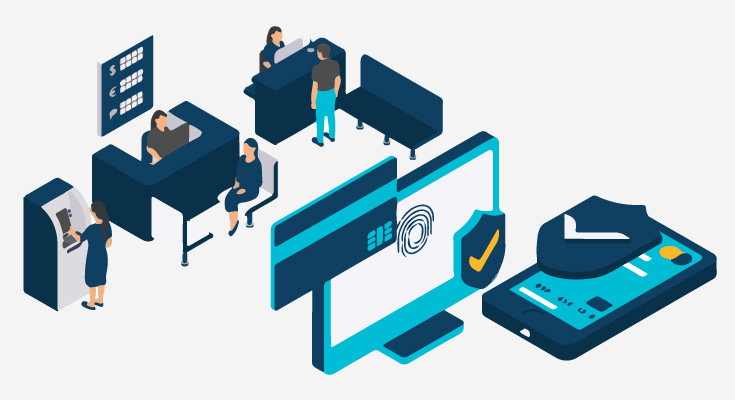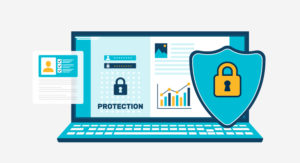Remote Customer Identification in Banking

The banking process has been evolving, and the pandemic has forced the banking industry towards digital transformation. While the integration of technology has made some things easier, some banks and financial institutions take things one step beyond. Instead of using normal yet effective identity verification solutions, banks overcomplicate the process with biometrics and other not-needed technologies.
Banks can easily verify the identity of their clients’ using the banking app which comes with an integrated recognition process. While biometrics verification helps prevent the use of fake and forged identities, it sometimes creates too much friction for customers during the onboarding process. The latest technological improvements are improving the banking process and assisting in detecting and preventing fraud early on, but the same technological advancements are also being used by fraudsters. Let’s dive deeper into how technology can streamline the verification process and enhance remote customer identification in banking.
The Role of Technology in the Banking Sector
In banking, not only a person’s data but the security of financial data is also important. The security depends on the type of technological solution the bank is using for remote customer verification. With the rise of countless technologies, the efficacy and accuracy of such solutions are becoming a growing concern.
When the world suddenly went digital due to the Covid-19 pandemic, biometrics and facial recognition seemed like the perfect solution to remote customer onboarding. However, that’s not the case, while it is a fast method, it isn’t the safest one. Banks need to look out for questionable recognition technologies with low precision. Ineffective solutions can increase the false-positive reports that can lead to an increased rate of fraud.
Biometric verification is ineffective, especially at the time of the pandemic. Before using biometrics as a method of identification, the client has to first provide the banks with their biometrics data samples. While this method is reliable, it increases friction during the onboarding process. Biometric verification is more likely to be used in forensic science and terrorism monitoring.
In Europe, banks have started to consider other methods for remote customer ID verification other than biometrics verification. Apart from using biometric data like access to financial services, banking operations have to be accompanied by additional security checks to ensure bad actors don’t get access to financial systems. Most banks rely on multi-factor authentication or two-step verification.
To fully shift banking towards digital methods banks and governments need to invest lots of funds as the infrastructure is expensive and includes the installation of equipment for data collection. This is one of the biggest reasons why the use of biometric data was met with huge support as it doesn’t require huge investments.
As technologies are evolving, banks are trying their best to remove the intermediary from the client/bank interactions. Human interactions are only used to provide customer service, where clients receive personalized support for any problem the bank has.
Remote customer identification is a vital step for all customer and bank interactions. Even just before the Covid-19 pandemic, banks had physical copies of customer addresses and identity data, and banks needed to make new copies of these documents each time they make a transaction, withdraw money or conduct any transaction. This protected the banks in case the client raised any claims. With the centralization of technology, all this has changed to electronic document management.
Remote Customer Identification in the Banking Sector
The banking sector is undergoing a complete digital transformation, and banks need to use ideal technologies to enhance the remote onboarding process and eliminate fraud.
1. Online ID Verification Solutions
To reduce fraud, banks need to eliminate the use of fake identity data used by bad actors to cause huge levels of financial loss. With online ID verification technologies, banks can verify customer identities with ease. There is no limit to online ID verification tools, but the banks have to choose efficacious tools that can provide genuine results most of the time.
2. Blockchain Technology
The blockchain serves multiple purposes, including ID and document verification. Blockchain is a decentralized online ledger and information on the blockchain can’t be changed without access. With blockchain technology, banks can verify and manage the ID data of customers. The whole idea of blockchain is to ensure that the data is secure. Customers can authenticate them at government services, banks, airports, and other services with only one identity using blockchain technology.
3. Online Document Verification
Online document verification technologies can help banks eliminate the use of fake and forged documents. DIRO’s online document verification software can help banks and financial institutions instantly verify documents like proof of address documents, bank accounts, tax return documents, student records, and so on. DIRO can verify 7000+ types of online documents from countries all over the world. The online document verification tool verifies document data from the original web source, thus eliminating any chances of fake documents to use by bad actors.












